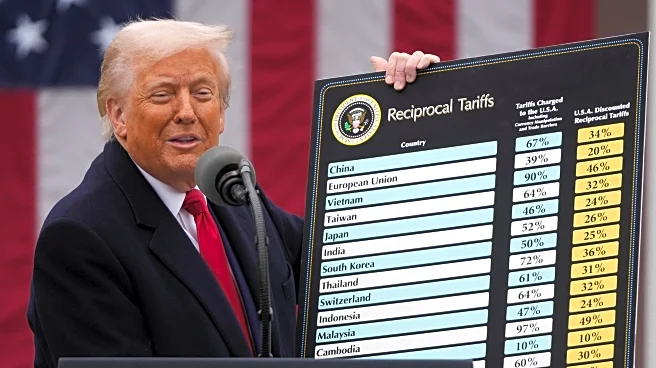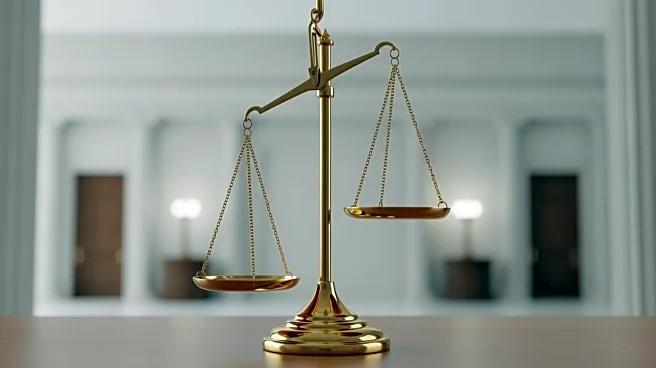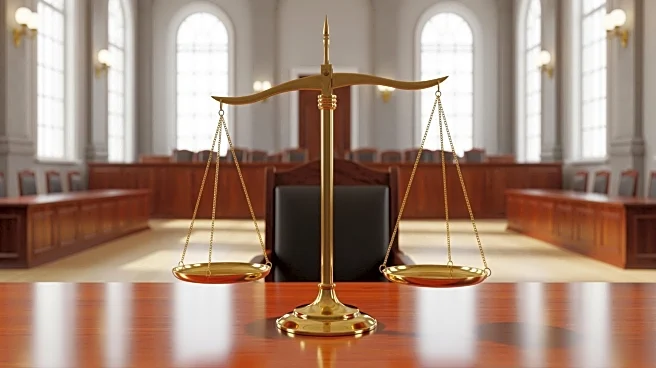What's Happening?
The Supreme Court is set to hear a case challenging President Trump's use of emergency powers to impose tariffs, which have raised tens of billions of dollars for the federal government. These tariffs, however,
have also led to increased costs for consumers and frustration among businesses. The tariffs, averaging nearly 18% on U.S. imports, have been criticized for exceeding presidential authority, as they rely on a 1970s statute not explicitly mentioning tariffs. Lower courts have found this application of the law to be excessive, and the case now awaits the Supreme Court's decision.
Why It's Important?
The outcome of this Supreme Court case could have significant implications for U.S. trade policy and presidential powers. If the tariffs are struck down, it could lower the financial burden on businesses and consumers, potentially reducing inflationary pressures. However, the administration warns of economic instability if the tariffs are removed, suggesting that the U.S. could face financial challenges. The decision will impact importers, manufacturers, and consumers, who have been dealing with higher prices and market unpredictability due to the tariffs.
What's Next?
Should the Supreme Court find the tariffs illegal, President Trump may explore other legal avenues to impose import taxes, using powers explicitly granted by Congress. This could lead to further legal challenges and adjustments in trade policy. Businesses and states challenging the tariffs will be closely monitoring the court's decision, as it will affect their operational costs and market strategies.
Beyond the Headlines
The case highlights the broader debate over the balance of power between the executive branch and legislative authority in trade matters. It also underscores the economic impact of tariffs on domestic manufacturing and employment, as factory jobs have declined despite the tariffs' intent to boost domestic production.












